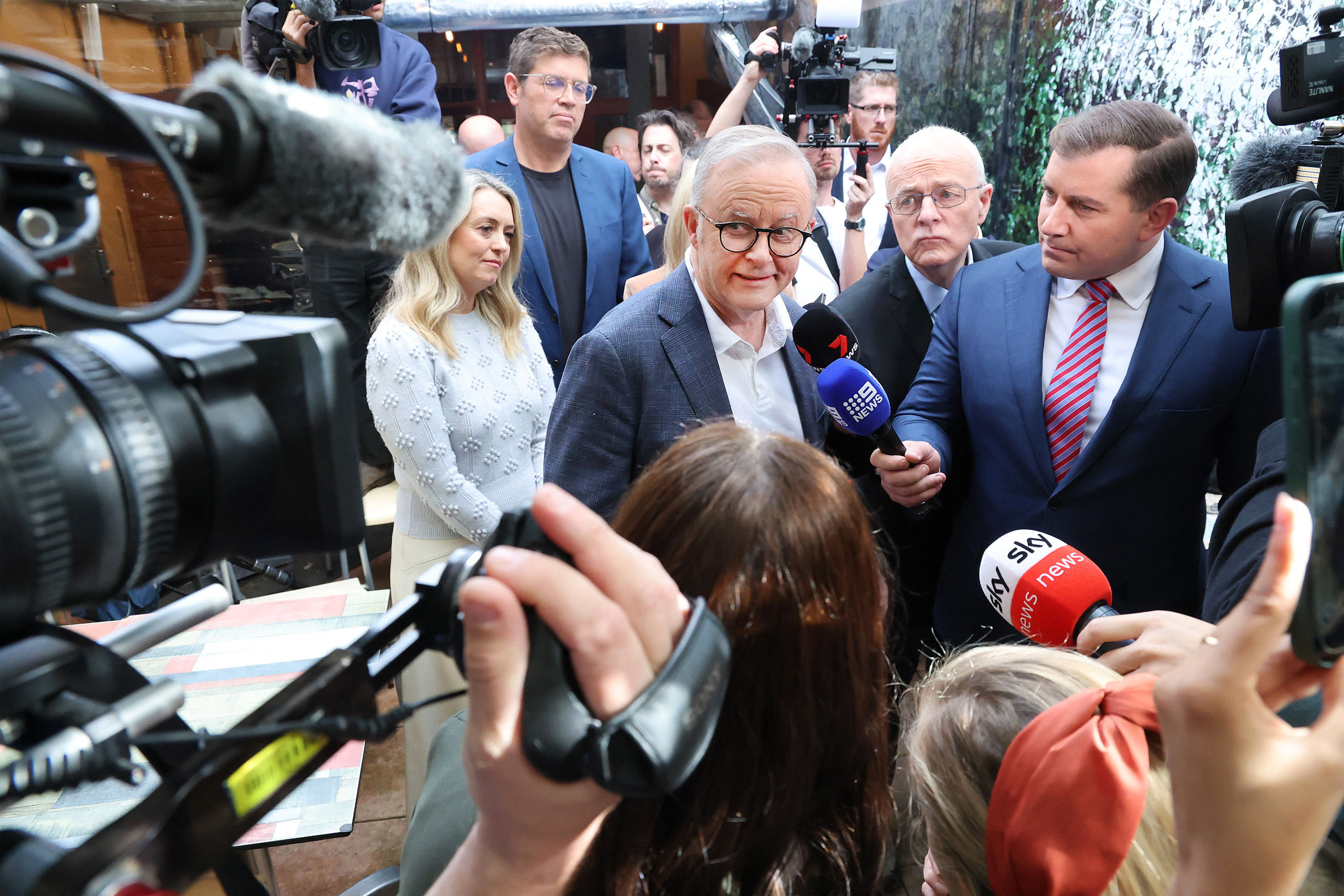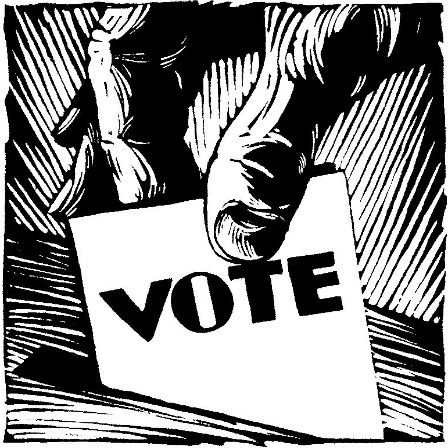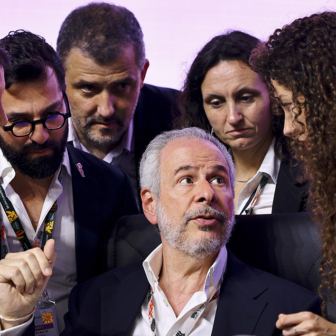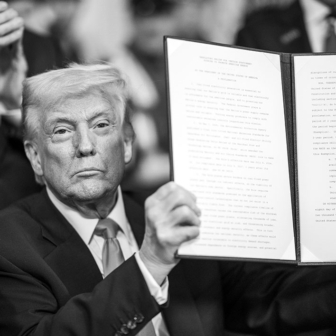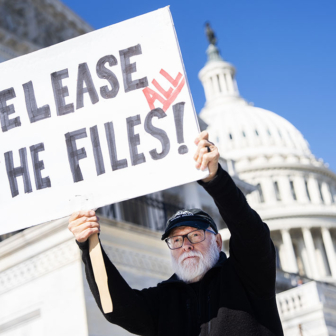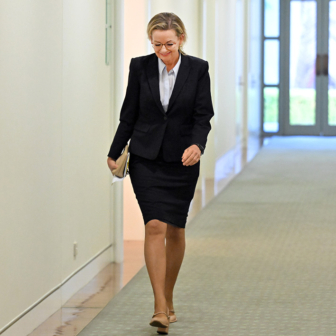For once, the superlatives apply. It was a “shock”; it’s “stunning.” No one expected this. At time of writing, across the 111 electorates with (incomplete) two-party-preferred counts, the Australian Electoral Commission has Labor on 54.8 per cent. The 111 swings range from a 15.1 per cent swing to Labor in Braddon (Tasmania) to 11.1 per cent to the Coalition in Bendigo (Victoria).
Pollbludger’s William Bowe estimates the national two-party-preferred number from all votes across all votes will eventually be 54.1 per cent. And yet the current swing across just those 111 seats is about 3 per cent, which from the national starting point of 52.1 would produce 55.1. Yes, election day voters have historically tended to swing more, but I’m inclined to split the difference and go for an eventual national number of about 54.5. It ends up being either Labor’s biggest win since 1946 (54.4) or even 1943 (59.3). And in terms of national vote wins for either side we must go back to either 1977 (54.4) or 1975 (55.6). (All pre-1980s figures are estimates.)
And the primary vote? Labor is currently on 34.8 per cent to the Coalition’s 32.0. Labor last won the primary vote in 2007, and before that in 1998, 1993 and 1984.
With the government currently ahead in ninety-three seats to the Coalition’s forty-one, Bendigo at 50–50 and fifteen others uncertain (these will all change) it is certainly a landslide.
Labor has won back Griffith and Brisbane from the Greens after increases in its primary votes elevated it into the two-candidate-preferred count. If it manages the same in Ryan it’ll take that too. The Greens are still in with at least a chance in Richmond and Wills.
My ruminations on Queensland overperforming for Labor sort of came to pass, but it was really a Brisbane thing — as Liberal leader Peter Dutton knows firsthand. The average swing (where two-party-preferred figures exist) across the eleven Brisbane electorates classified by the AEC as inner or outer metropolitan is currently 5.8 per cent; across the fifteen rural or provincial it’s 1.7 per cent.
The nation as a whole produced a similar divide, although not so dramatic. And this is after similar trends in 2022.
Statewise, Tasmania saw easily the biggest shift. For some reason the AEC has the swing at 4.6 per cent but the three available two-party-preferred seats average about 12 per cent. South Australia came second, to the current tune of 5.5 per cent, and that’s from 2022’s 54.0, which was already its biggest statewide federal Labor vote since 1969. These two lowest per capita-income states recorded the biggest Labor votes. It’s a scary world out there.
With the possible exception of Zoe Daniel in Goldstein, all the teals survived, and they will probably be joined by Nicolette Boele in Bradfield. Labor’s Josh Wilson is in trouble against a teal in Fremantle, and former Nationals Andrew Gee, who quit his party over its No advocacy in the Voice campaign, was easily re-elected in Calare. (Calare, as it happens, recorded a monumental 71.2 per cent No vote.)
As usual, and even more so given the size of the result, everything the winner did is being judged brilliant and the losing side’s performance is characterised as an endless stream of fiascos. It’s grossly exaggerated, but not totally wrong. The Coalition campaign contained some incompetence — including chops and changes in policy — but some of that must have been an attempt to adjust, to do something, in the face of poor polls. Many of the mistakes would already be forgotten if they’d won.
We all recognised the underlying dynamics before Saturday night and should continue to. It was silly of Dutton to interpret Donald Trump’s 1.5-point win as indicative of a right-ward “shift” across the world, but he was not alone; witness the betting markets’ rapid turnaround in early November. Dutton has long seemed too online, susceptible to getting carried away with far-right memes.
Yes, he exercised some discipline, resisting temptation on abortion and trans issues, but there was way too much Kool Aid in the elevation of the also-online Jacinta Nampijinpa Price to prospective head of a high-profile DOGE down under. That signal, and her inevitable campaign gaffes, was surely noted by millions of voters. And later came a proposed referendum on expelling dual citizens. Very Trumpy (and Duttony); he just couldn’t help himself.
Yet all federal Liberal leaders these days feel the need to play to their noisy, self-proclaimed base, so perhaps a more “moderate” one would have suffered a similar fate. That’s a legacy of John Howard’s long tenure, 1996–2007, which was overwhelmingly a product of favourable international economic conditions but was, and remains, too often seen as evidence of his unique genius at interacting with Australians on matters of “culture.”
Albanese was the devil electors knew. Incumbency helped most of all, but also being centre-left. He’s still timid and rhetorically challenged, but being slow and steady meant the times (to borrow a 1980s Howardism) suited him.
Last and certainly not least: what the hell went on with the polls? None of the final campaign instalments picked this. Some did better than others, but every one of them understated Labor support and overstated the Coalition’s.
Having been bitten by pollsters’ serious overestimation of Labor support at both of the last two federal elections, some election watchers (well, this one anyway) discounted the polls’ government lead this time. But it seems possible we didn’t need to because the pollsters were already doing it, in their final editions at least.
My guess at why the pollsters’ final numbers got it wrong? Not believing what they were measuring, they perhaps gave a tweak to the weighting of this or that cohort to make it look more realistic. Labor winning the primary vote by at least 2 per cent and more than 54 per cent after preferences? Preposterous. •
